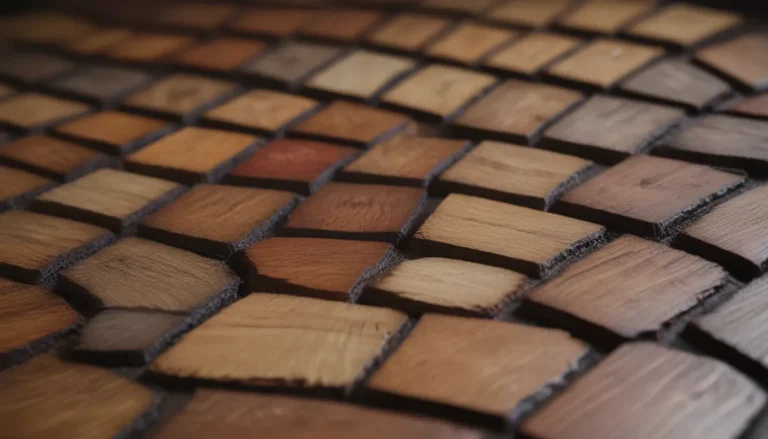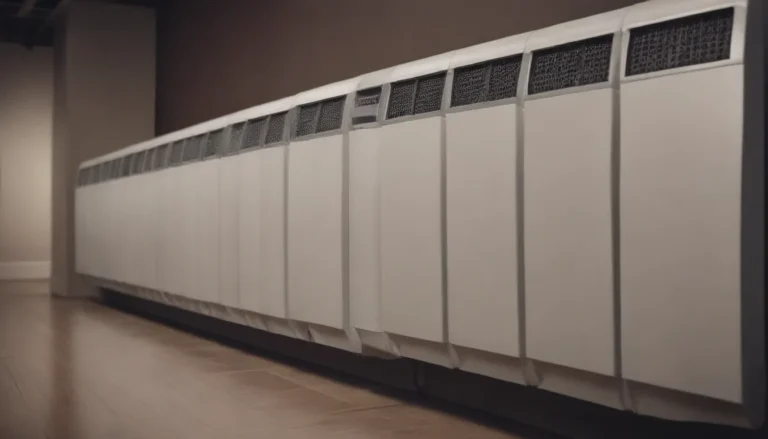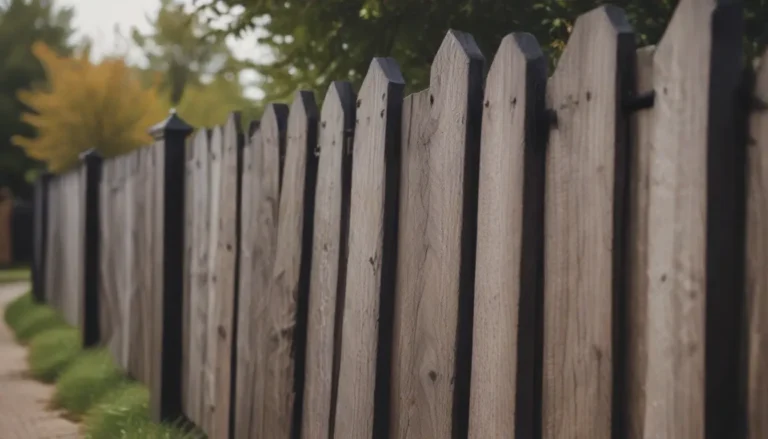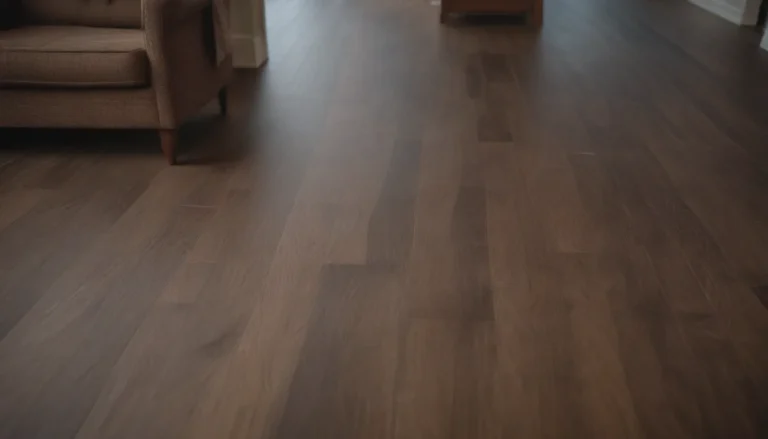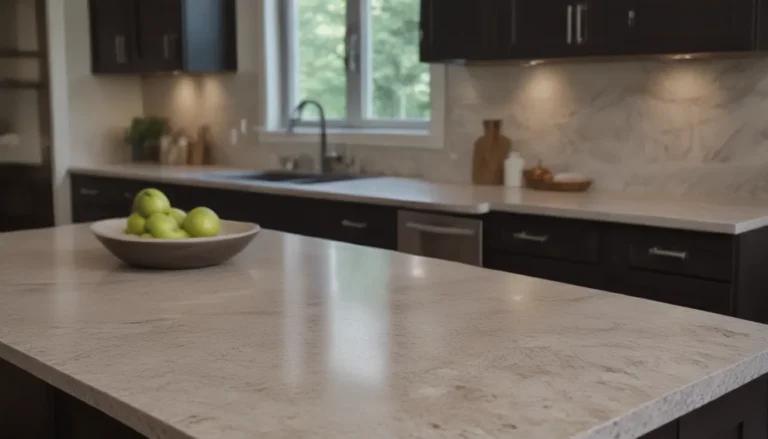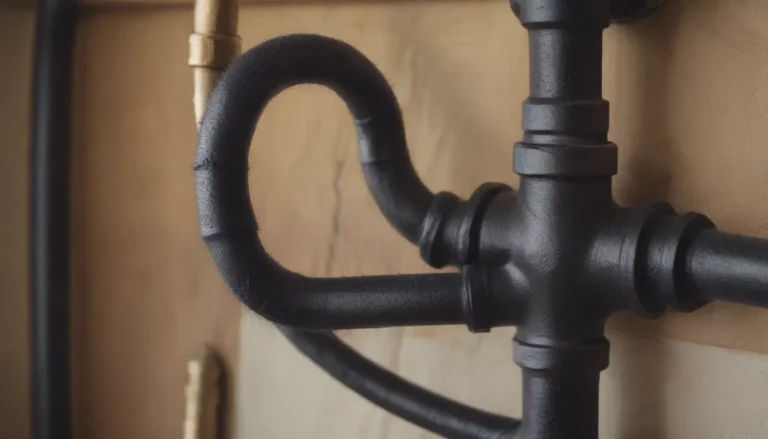Ultimate Guide to Soundproofing Windows
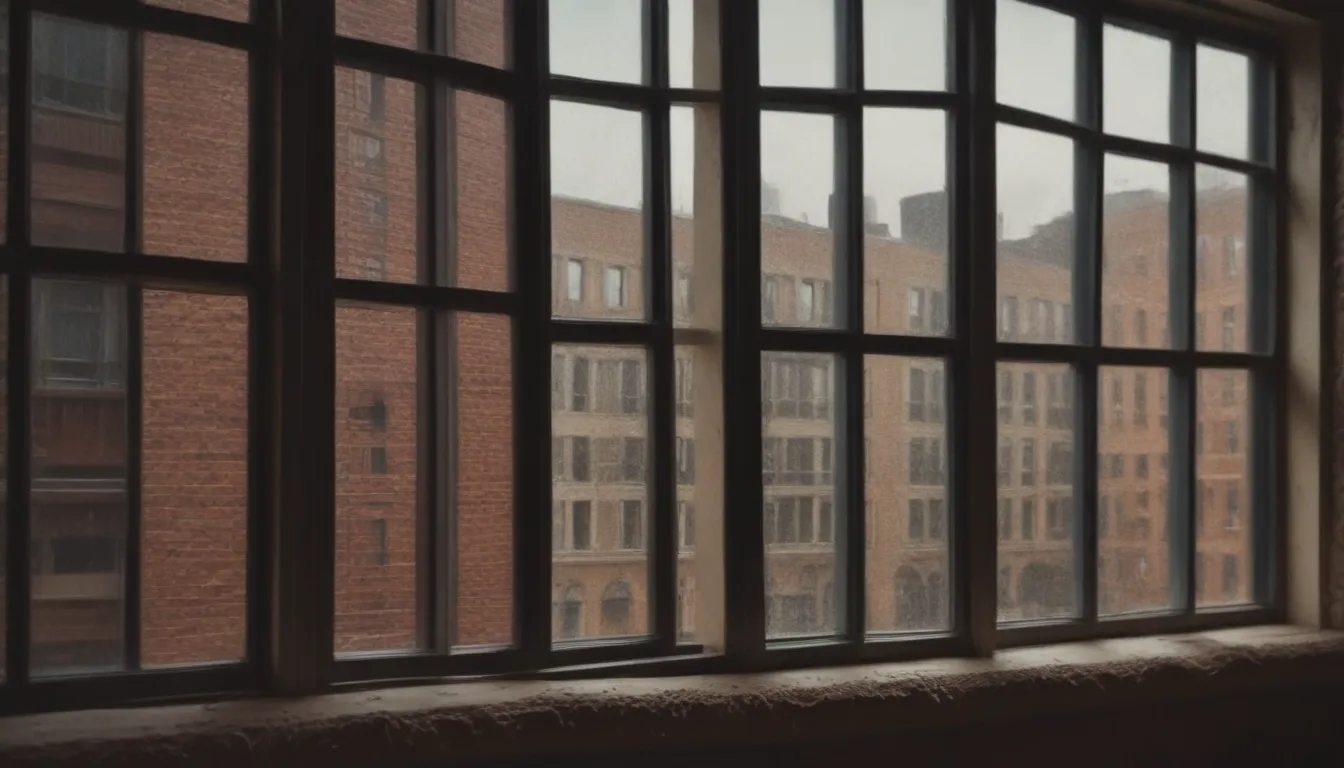
Are you tired of the noisy outside world invading your peaceful home? Soundproofing your windows can make a significant difference in reducing unwanted noise. Windows are often the weakest link in a building’s sound barrier, allowing outside noise to easily penetrate your living space. But fear not, there are several effective and affordable methods to soundproof your windows and create a more peaceful environment.
Why Soundproof Your Windows?
Soundproofing windows is crucial for creating a quiet and serene living space. Whether you live in a bustling city with constant traffic noise, near a busy street, or just want to block out noisy neighbors, soundproofing your windows can significantly reduce unwanted sound. By creating a more soundproof environment, you can enjoy better sleep, increased focus, and overall improved quality of life.
Acoustic Caulk
Sealing gaps and cracks around your windows is a fundamental step in soundproofing. Using acoustic caulk, also known as acoustical sound sealant or noise-proofing sealant, can help prevent sound leaks and create a more soundproof barrier. Acoustic caulk remains flexible over time, preventing shrinkage and the formation of new gaps. This affordable solution can significantly improve the soundproofing ability of your windows.
- Cost: Around $10 per tube
- Benefits: Prevents sound leaks, flexible over time
- Tip: Use acoustic caulk in other areas of your home that allow sound to enter, such as around electrical boxes and doors.
Custom Window Inserts
Adding more layers of glass or other materials to your windows can enhance their soundproofing capabilities. Custom window inserts, also known as indoor storm windows, are acrylic or Plexiglas panels that fit snugly inside your window frame, creating an additional air space that dampens sound vibrations. These inserts can provide a significant reduction in exterior noise when used with single or double-pane windows.
- Cost: $260 to $300 for standard inserts, $335 to $360 for acoustic inserts
- Benefits: Reduces exterior noise by up to 70%
- DIY Option: Create your own window inserts using acrylic panels from a home improvement store.
Storm Windows
Storm windows serve multiple purposes, including protecting your windows during storms, preserving energy, and helping to soundproof your home. Permanent storm windows are a more advanced option that can provide additional soundproofing benefits by adding an extra layer of air and preventing air infiltration. These windows can be fixed or operable, and some even come with low-e capabilities to block UV rays.
- Cost: $250 to $625 per vinyl framed, low-e storm window
- Benefits: Saves energy, adds another layer of soundproofing
- Tip: Consider Energy Star-certified storm windows to save on heating and cooling bills.
Sound-Absorbing Curtains
When you’re looking for a quick and easy way to soundproof your windows, sound-absorbing curtains are the perfect solution. These curtains, such as blackout curtains or velvet curtains, can effectively block out noise and create a quieter environment. Opt for heavier, thicker curtains that cover the entire window for maximum soundproofing benefits.
- Cost: Varies depending on the type of curtain
- Benefits: Blocks out noise, creates a quieter space
- Tip: Use heavier curtains for better soundproofing results.
Weatherstripping
Sealing gaps between your window frame and sash is essential for preventing drafts and sound leaks. Self-stick vinyl foam weatherstripping or foam weatherseal can be applied to these gaps to create a more soundproof barrier. For double-hung windows, add weatherstripping to the bottom of the window or stuff foam weatherseal into the window stops.
- Cost: $5 to $10 for ten feet of weatherstripping
- Benefits: Prevents drafts, reduces noise leakage
- Tip: Apply weatherstripping around all gaps in your window for maximum soundproofing.
Heavy Furniture
If you’re looking for a budget-friendly way to soundproof your windows, consider rearranging heavy furniture around your windows. Bookcases, armoires, sofas, and sectionals can absorb sound and create a quieter environment. Just be sure not to fully block the window, as you may need to adhere to egress requirements for emergency exits.
- Benefits: Absorbs sound, creates a quieter room
- Warning: Be mindful of egress requirements when rearranging furniture around windows.
Tips for Soundproofing Windows
- Use heavy curtains and keep them closed at night for better soundproofing.
- Seal gaps with caulk and weatherstripping to prevent sound leaks.
- Consider adding DIY window inserts for a cost-effective soundproofing solution.
- Use sound-absorbing curtains to block out noise during the day.
- Rearrange heavy furniture around windows to absorb sound and create a quieter space.
Remember, soundproofing your windows doesn’t have to break the bank. Affordable options like acoustic caulk, weatherstripping, and DIY window inserts can provide significant improvements in reducing noise in your home. By implementing these soundproofing methods, you can create a more peaceful and enjoyable living environment for yourself and your family.
